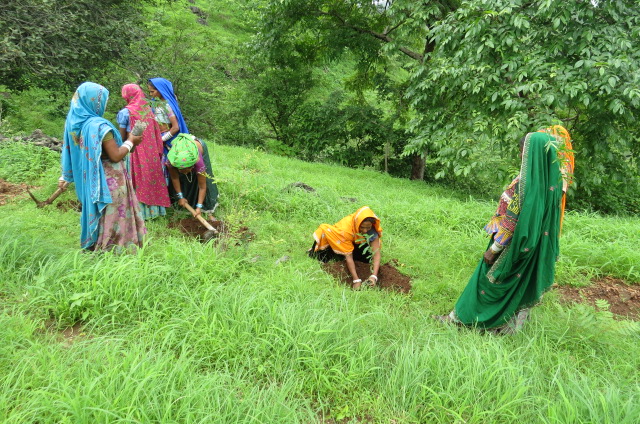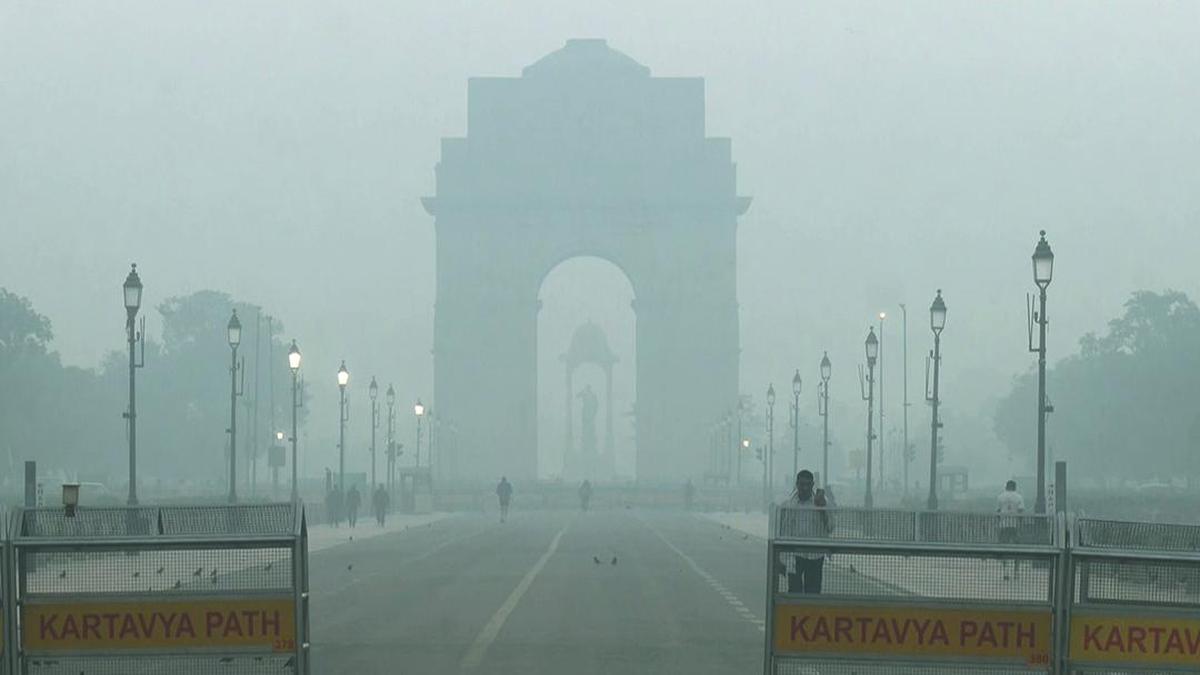Views
179

The rugged terrain of Kumbhalgarh Wildlife Sanctuary in Rajasthan conceals a quiet ecological crisis. Nearly 80% of its landscape consists of exposed rock, offering little soil depth for vegetation to take root. This fundamental scarcity of soilnot merely a lack of green coverdirectly limits the growth of both plant life and subterranean insect colonies that are essential to the diet of sloth bears.
Sloth bears (Melursus ursinus) are primarily myrmecophagous, feeding extensively on ants and termites. But their dietary profile is far more nuanced. A study by Anil Kumar Chhangani, Food and Feeding of Sloth Bear in Aravalli Hills of Rajasthan, identifies 22 natural and 18 cultivated plant species consumed by sloth bears, depending on seasonal and geographical availability. In regions like Kumbhalgarh, where rocky outcrops prevent soil accumulation and stifle the life cycles of termites and ants, sloth bears have increasingly turned to arboreal foragingclimbing trees in search of fruits, flowers, and leaves.
This behavior, while uncommon in other terrains, is an ecological adaptation born of necessity. With ground-level food sources compromised, the forest canopy becomes an alternative larder. Tree plantation efforts in this context transcend aesthetics or carbon offsetsthey become critical interventions in wildlife survival.
Grow-Trees.com has addressed this gap by planting 120,000 trees in village ranges bordering the sanctuaryincluding Obra Khurd, Jhunjharpura, and Rawaliya Kalan. These afforestation efforts aim to restore the natural food web by reintroducing fruit-bearing and flowering trees that can sustain the sloth bear population through multiple seasons.
The benefits extend beyond diet. According to the Foundation for Ecological Securitys biodiversity assessment, expanded tree cover in the region helps curb habitat degradation, improve groundwater retention in this semi-arid zone, and reduce human-animal conflicta growing concern as sloth bears move beyond forest edges in search of food.
The urgency of such action is underscored by the sloth bears conservation status. Listed as Vulnerable by the IUCN Red List, the species has seen a 3049% population decline over the last three decades, driven largely by habitat fragmentation and poaching. As noted in a Livemint feature on sloth bear hotspots, their survival is interlinked with the preservation of broader ecosystems, granting them the role of a potential umbrella species for conservation.
In landscapes where soil is scarce and ecological pressures are high, trees are more than carbon sinksthey are life-support systems. For the sloth bears of Kumbhalgarh, each planted tree represents not just food or shade, but a renewed chance at survival.
Subscribe to our newsletter and recieve a selection of our cool articles every week.

When Mumbai’s Morning Haze No Longer Feels Like Home
Mumbai Weather Update: AQI Turns Severe as Thick Haze Persists, Free Press Journal (FPJ).
Nov 24, 2025

Delhi Is Gasping Again, And This Time, Even the Clouds Refused to Help
Delhi is choking again. AQI levels have slipped into the ‘severe’ zone, cloud seeding failed, and emergency measures barely make a dent. Because the city doesn’t need one-off fixes, it needs long-term healing. Trees remain the simplest, most effective answer. They absorb carbon, trap dust, cool the air, and act as natural lungs. If Delhi wants cleaner winters, it needs more green cover, not just temporary interventions. Clouds may not cooperate, but trees always will.
Nov 17, 2025
Copyrights @ 2025 All rights reserved by Pangea EcoNetAssets Pvt Ltd.